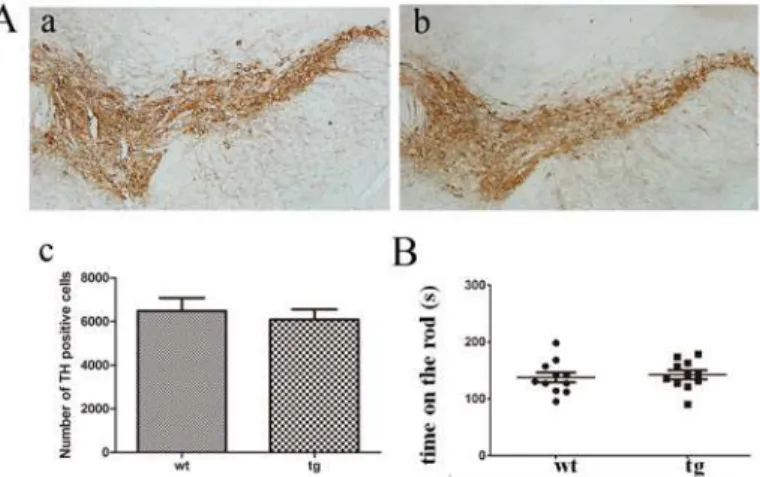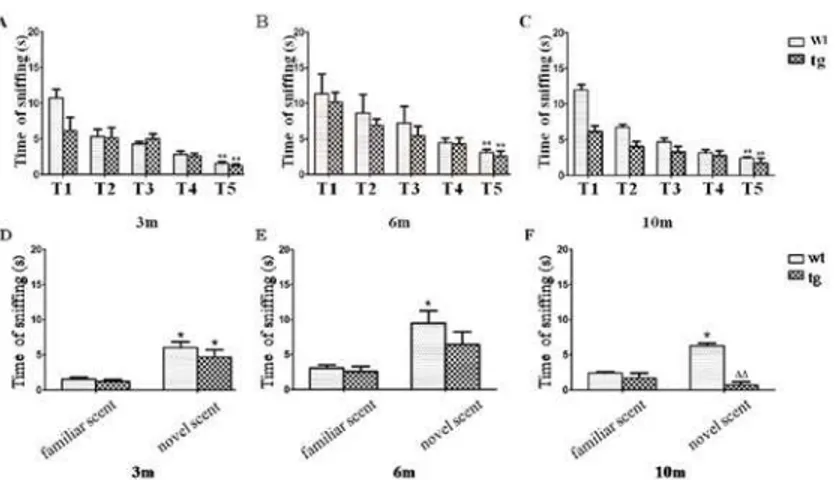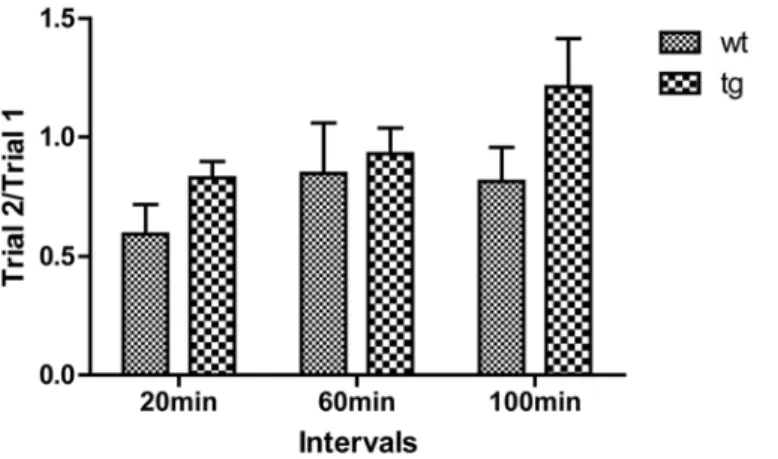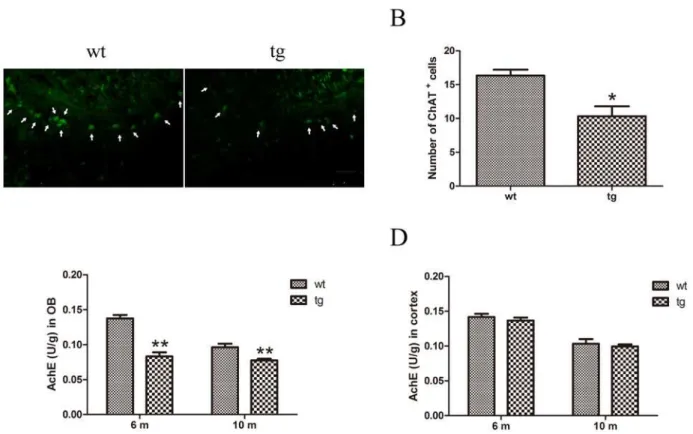Olfactory dysfunction and neurotransmitter disturbance in olfactory bulb of transgenic mice expressing human A53T mutant α-synuclein.
Texto
Imagem




Documentos relacionados
Por fim, no quarto capítulo apresentamos a caracterização da população em estudo, a sua formação; o professor em ação em seu planejamento com o conteúdo, suas atividades
However, at the plasticity level, it is unknown whether and how the prior modification of lateral inhibition modulates the subsequent induction of long-lasting changes of the
study was divided into (1) a pilot study investigating olfactory preference testing and (2) a long-term study characterizing changes in the olfactory bulb of aging transgenic
This study evaluated the expression of three housekeeping genes (beta-actin, cyclophilin A, and ubiquitin C) in different areas of the central nervous system in rats (olfactory bulb,
ARX loss-of-function mutations in mouse and human have been shown to affect several parts of the brain including the cortex, thalamus, hippocampus, striatum and olfactory
Figure 4 (Panel E) shows increased TUNEL-labeling in the ganglion cell layer of b 2- adrenergic receptor knockout mice compared to their wildtype littermates (Panel B).. In addition
Vomeronasal receptor (A) and olfactory receptor genes (B) annotated as functional (black) are expressed at significantly higher levels than those annotated as nonfunctional
of PK2 gene. Immunofluorescence staining showed EGFP-ir cells in B ) the granule layer (GL), periglomerular layer (PGL) and olfactory ventricle (OV) of the olfactory bulb; C)
